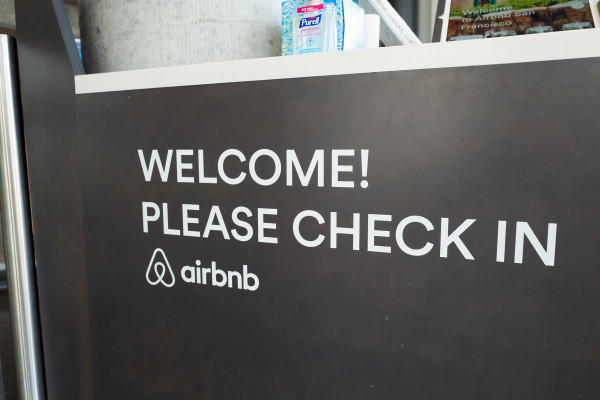As expected, the Federal Reserve raised short term interest rates from the emergency levels that have been in place for two years to a range of 0.25 – 0.50 percent.

It was the first increase in the federal funds rate since December 2018, which was then the conclusion of a three-year cycle that included nine quarter-point increases and pushed up rates to a range of 2.25 – 2.50%. The Fed’s accompanying statement to the December 2018 meeting noted that economic activity and job gains were both “strong.”
The big difference between the last Fed campaign and this one is inflation. Then, the central bank was trying to slow down the economy a bit (GDP expanded by 2.9% in 2018), but wanted overall prices to rise a little more, not less, so that workers could continue to see wage gains. The Consumer Price Index (CPI) for December 2018 showed annual inflation growing by 1.9% from the prior year, which seems positively dreamy these days.
This time around, the central bank is chasing inflation, which stands at a four-decade high of 7.9% and carefully watching the Russian war in Ukraine, which has caused a further escalation of energy prices. Central bankers know that as gas prices reach all-time nominal highs, many will be forced to make choices about their limited resources and could pull back on spending, which would in turn slow down economic growth.
Remember that the Fed has two main objectives: to make sure that the economy is strong enough to create jobs and to keep inflation in check. That’s a delicate balancing act in the best of times – in the post-COVID/Ukraine War era of surging prices and clogged supply chains, it’s even more difficult. The Fed must thread the policy needle of cooling down hot prices without inducing a recession by lifting rates too quickly. They probably wish that they started the rate hike cycle months ago to quell inflation, but we are where we are and there’s no going back in time.
There could also be a darker side to the shifts in consumer reactions to price spikes. Analysts say that inflationary fears can trigger hoarding and demand for higher wages, which can create an inflationary spiral. Even if we don’t start hoarding, higher prices could at least impact the economic growth that was expected for 2022 and at worst might trigger a full-blown recession.
How does this impact my life?
Beyond the broader economic risks, the Fed’s actions could help savers earn a little more interest on savings, checking, CDs, and money market accounts. Loans for things like credit cards, autos, adjustable-rate mortgages, and small businesses could cost more. While the Fed does not directly control the longer-term bonds that impact fixed mortgage rates, those too have started to rise, which could make buying a home more expensive and might also cool down the hot housing market.
What about those gas prices?
Some of you have asked about rising gas prices, which I know is difficult for many Americans to absorb. The easy answer is to drive less, but that’s not an option for a lot of workers, who need to get to their jobs and don’t have public transportation options. If you need to continue driving consider paying cash, which can save about $0.10 per gallon; stick to regular gas if your car or truck allows – no need to pay up for premium; and ease up on the gas pedal: speeding and aggressive driving burn gas faster. If you are using apps to find cheaper prices, don’t go crazy, you spend your cost savings by traveling to the cheaper alternative.
Jill Schlesinger, CFP, is a CBS News business analyst. A former options trader and CIO of an investment advisory firm, she welcomes comments and questions at askjill@jillonmoney.com. Check her website at www.jillonmoney.com.










